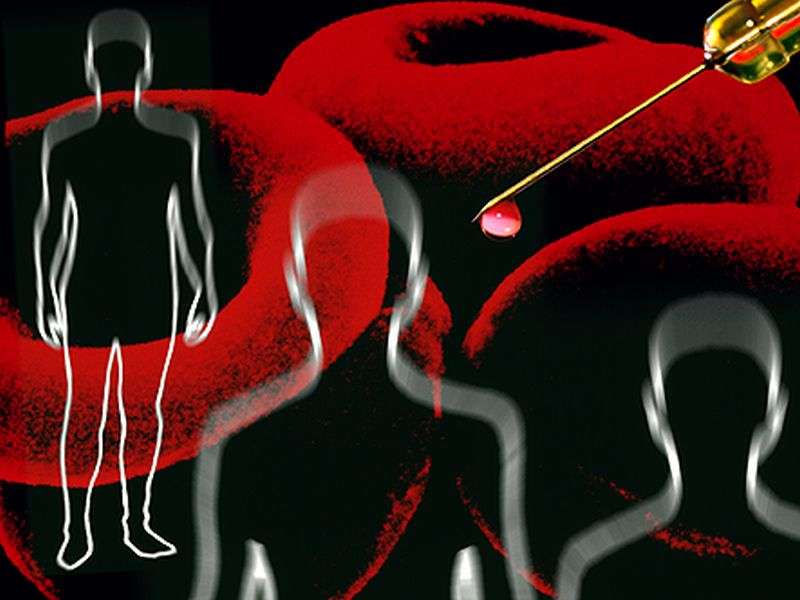Prevalence of folate deficiency 14.1 percent in multiple myeloma

(HealthDay)—The prevalence of folate deficiency is 14.1 percent among patients with multiple myeloma (MM), according to a letter to the editor published online Dec. 19 in the International Journal of Laboratory Hematology.
Supakanya Wongrakpanich, M.D., from the Einstein Medical Center in Philadelphia, and colleagues conducted a 10-year retrospective study to examine the frequency of folate deficiency in patients with MM. Information on folate status was available for 78 patients with MM. Patients were divided according to folate level: normal folate group (4 to 20 ng/mL) and low folate group (<4 ng/mL).
The researchers found that the frequency of folate deficiency was 14.1 percent. The low and normal folate groups did not differ with respect to laboratory parameters, baseline characteristics, staging, treatment modalities, and overall survival. Patients with low versus normal folate levels were significantly younger (61.55 versus 69.88 years; P = 0.028).
"Folate deficiency is considered to be a contributing cause of anemia in patients with MM. Findings from our study contribute to further understanding of the relationship between MM and folate deficiency," the authors write. "We expect that our study will emphasize the need for serum folate measurement and folate replacement therapy in patients with MM."
More information:
Abstract
Full Text (subscription or payment may be required)
Copyright © 2016 HealthDay. All rights reserved.




















